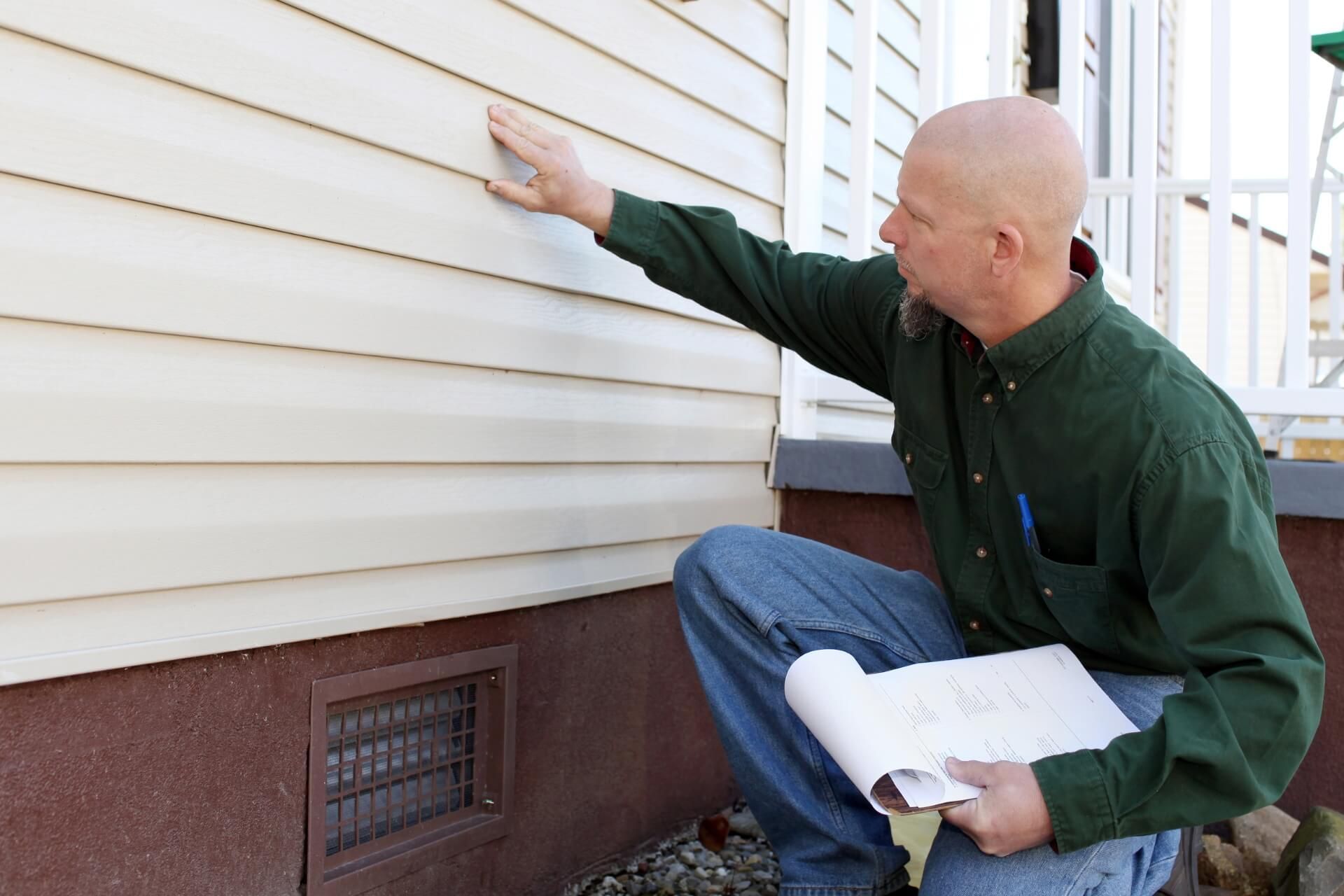When a tenant moves out of a rental property, there are several steps that need to be taken to ensure a smooth transition and to protect the landlord's interests. These steps include:
Conduct a move-out inspection: Before the tenant leaves, the landlord should conduct a thorough inspection of the property to determine its condition. This will help identify any damage or cleaning issues that need to be addressed before the next tenant moves in.
Review the lease agreement: The lease agreement should be reviewed to determine the terms of the tenant's departure, including any notice requirements and the expected condition of the property.
Return the security deposit: If the tenant has provided a security deposit, the landlord should determine if it will be returned or if any portion of it will be withheld to cover damages or unpaid rent. The security deposit should be returned within a reasonable amount of time after the tenant has moved out.
If a landlord doesn't return the security deposit to a tenant within the required timeframe, the tenant may take legal action to recover it. It is important for landlords to understand their state's security deposit laws and to comply with them to avoid any potential legal disputes.
Clean the property: The property should be thoroughly cleaned to prepare it for the next tenant. The landlord may choose to hire a professional cleaning service, or they may choose to do it themselves.
Address any damages: Any damage that was discovered during the move-out inspection should be repaired. This may include fixing holes in the walls, repairing broken fixtures, or replacing damaged flooring.
Prepare the property for rent: Once the property is cleaned and repaired, it should be made ready for rent. This may include painting, changing locks, and making any necessary updates to ensure that the property is in good condition for the next tenant.
Market the property: The property should be marketed to potential tenants to find the next tenant. This may involve advertising the property online, posting signs, or working with a real estate agent.
Screen potential tenants: The landlord should carefully screen potential tenants to ensure that they are qualified to rent the property. This may involve running a credit check, reviewing their employment history, and verifying their references.
Sign a new lease agreement: Once a new tenant has been found, a new lease agreement should be signed. This agreement should include all of the terms and conditions of the rental, including the rent amount, the length of the lease, and any other important information.
Move the new tenant in: Once the new tenant has signed the lease agreement, they can move into the property. The landlord should provide a walk-through of the property to ensure that the tenant understands all the terms of the lease and to answer any questions that they may have.
By following these steps, a landlord can ensure a smooth transition when a tenant moves out of a rental property. This can help protect the landlord's interests and ensure that the property is ready for the next tenant as quickly as possible.











